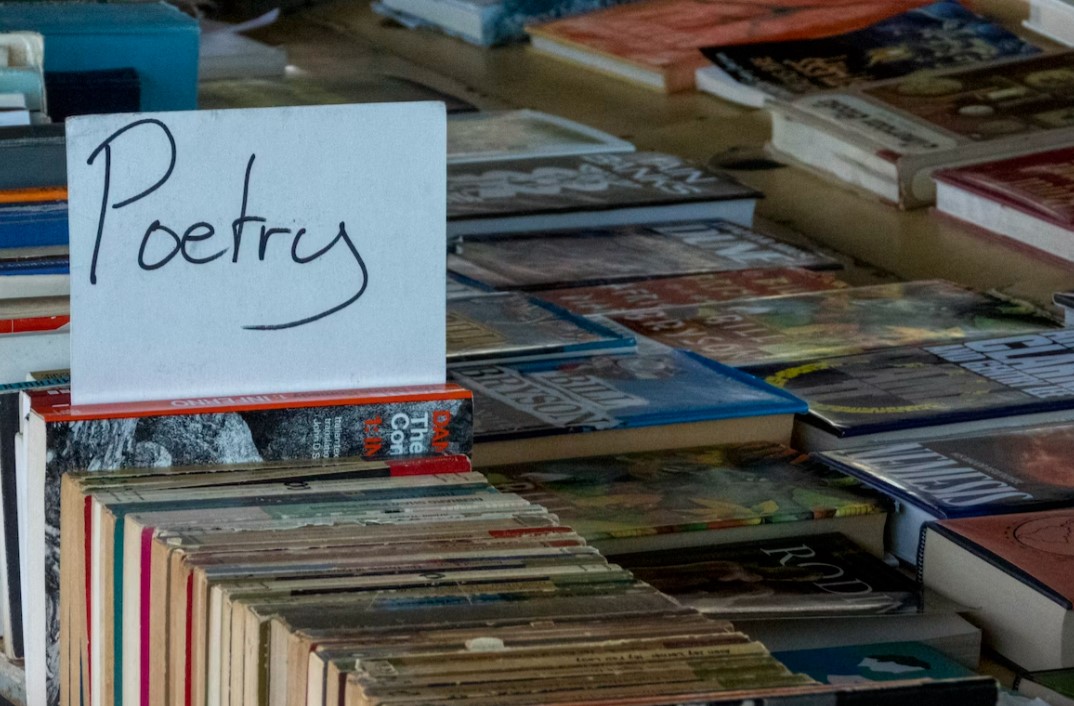In this blog post, we will explore some common poetic devices and delve into how they contribute to the overall impact of a poem. Poetry is a captivating art form that has the power to evoke emotions, paint vivid imagery, and convey profound messages in a concise and artistic manner. Behind the beauty of poetry lies a range of literary techniques known as poetic devices. These devices add depth, texture, and impact to a poet’s words, enabling them to create a powerful and memorable experience for the reader.
Thanks for reading! Take a look at our English Language and Literature courses here!
Metaphor and Simile:
Metaphors and similes are figures of speech used to draw comparisons between two seemingly unrelated things. A metaphor directly equates two things, while a simile uses “like” or “as” to make a comparison. By using these devices, poets can transform ordinary language into extraordinary expressions that stimulate the reader’s imagination. Metaphors and similes can evoke vivid imagery, create emotional connections, and provide fresh perspectives on familiar concepts.
Example:
Metaphor: “Her smile was a ray of sunshine, brightening even the gloomiest of days.”
Simile: “She danced like a graceful swan, gliding across the stage.”
Alliteration:
Alliteration is the repetition of consonant sounds at the beginning of closely connected words. It creates a musical quality and rhythmic flow within a poem, making it more pleasing to the ear. Alliteration can also emphasise specific words or phrases, add emphasis to key ideas, and enhance the overall poetic effect.
Example:
“The sly serpent slithered silently through the shadows.”
The 10 Best Synonyms and Antonyms for ‘Difficult’
Repetition:
Repetition involves the deliberate use of words, phrases, sounds, or entire lines to create an impact and reinforce certain ideas or emotions. It can evoke a sense of rhythm, create emphasis, and emphasize the significance of particular elements within a poem. Repetition can also contribute to the overall mood or theme of a poem.
Example:
“I have a dream that one day… I have a dream that one day…”
Personification:
Personification attributes human qualities or characteristics to inanimate objects, animals, or abstract ideas. By giving non-human entities human-like traits, poets can evoke empathy, create a sense of familiarity, and convey complex emotions in a relatable manner. Personification can also breathe life into the poem, making it more engaging and thought-provoking.
Example:
“The wind whispered through the trees, sharing secrets of the ancient forest.”
Imagery:
Imagery refers to the use of vivid and descriptive language that appeals to the reader’s senses, creating mental images and sensory experiences. By employing sensory details, poets can transport readers into the world of the poem, making it more immersive and captivating. Through imagery, emotions, scenes, and experiences can be brought to life with remarkable clarity.
Example:
“The moonlit ocean shimmered like a million diamonds, casting its enchanting glow upon the restless waves.”
Thanks for reading! Take a look at our English Language and Literature courses here!












